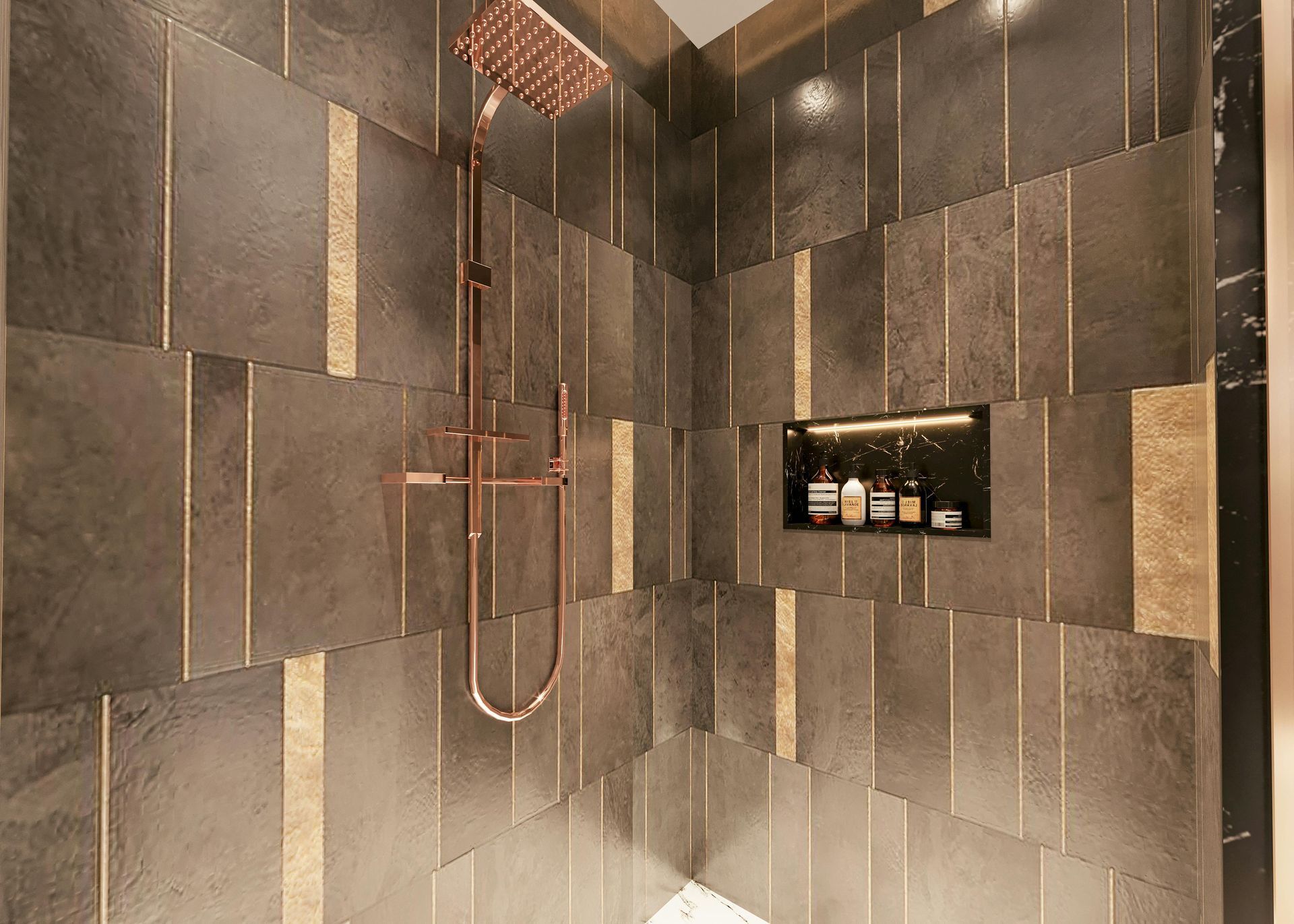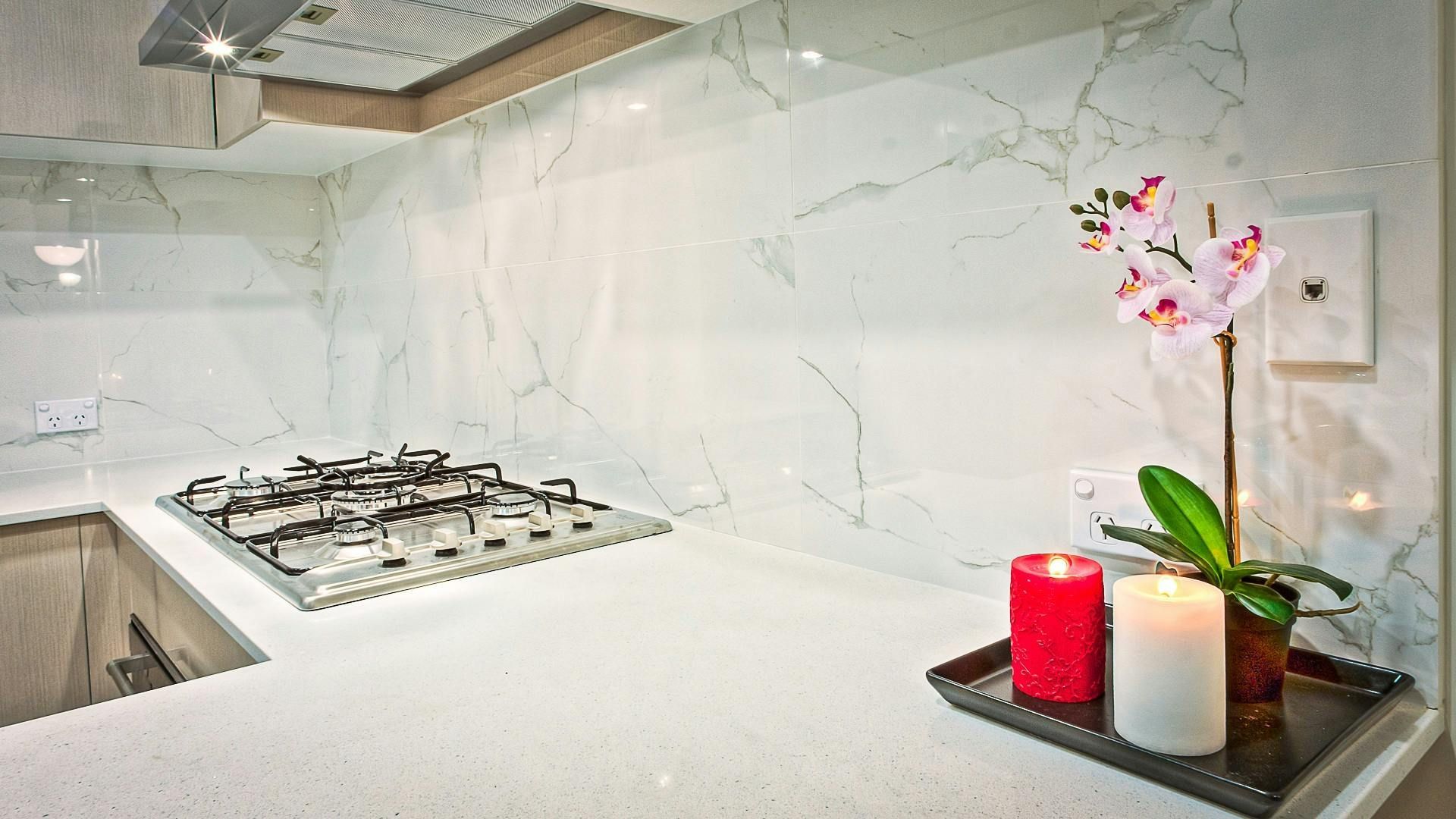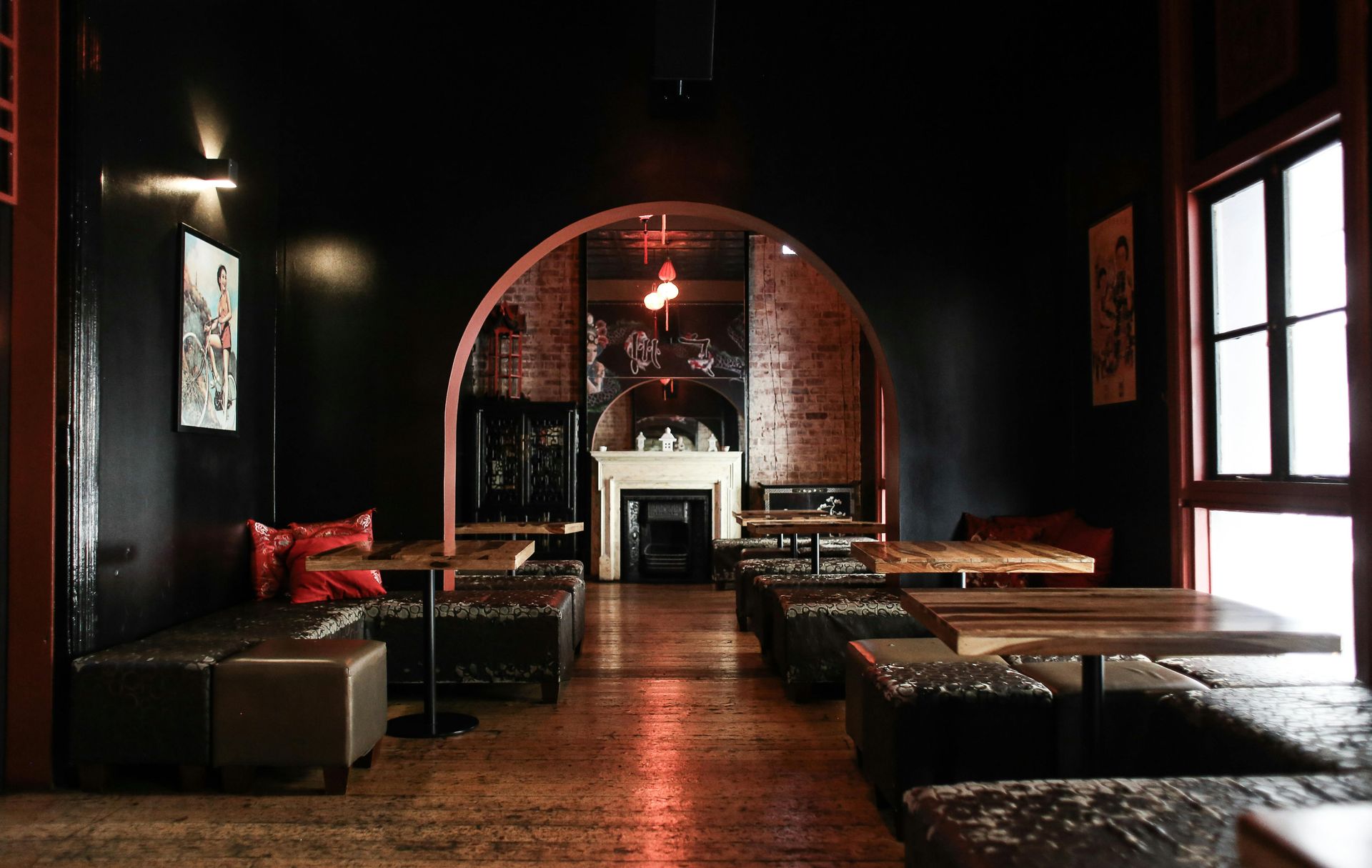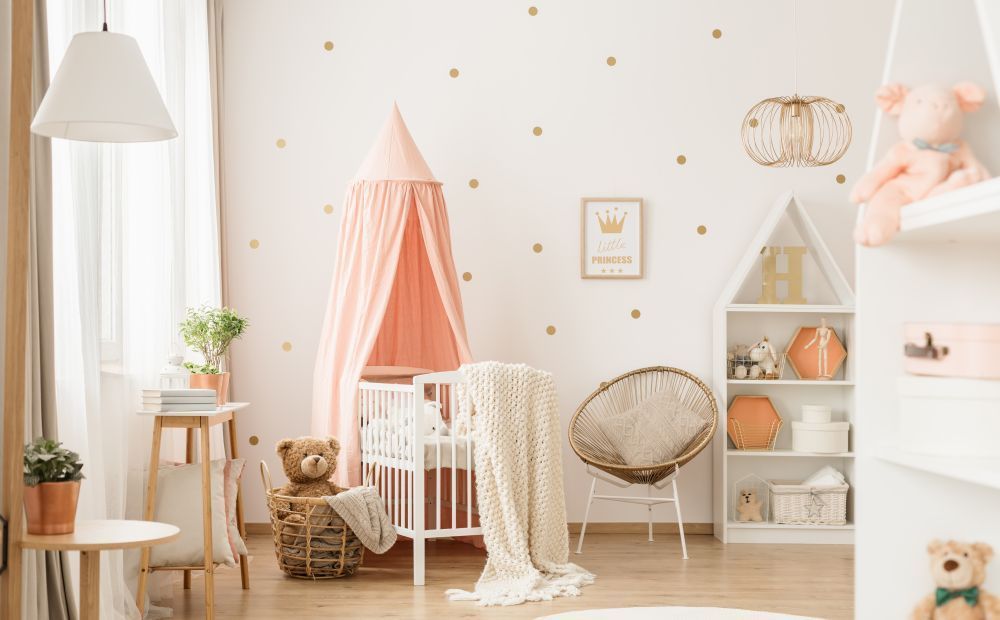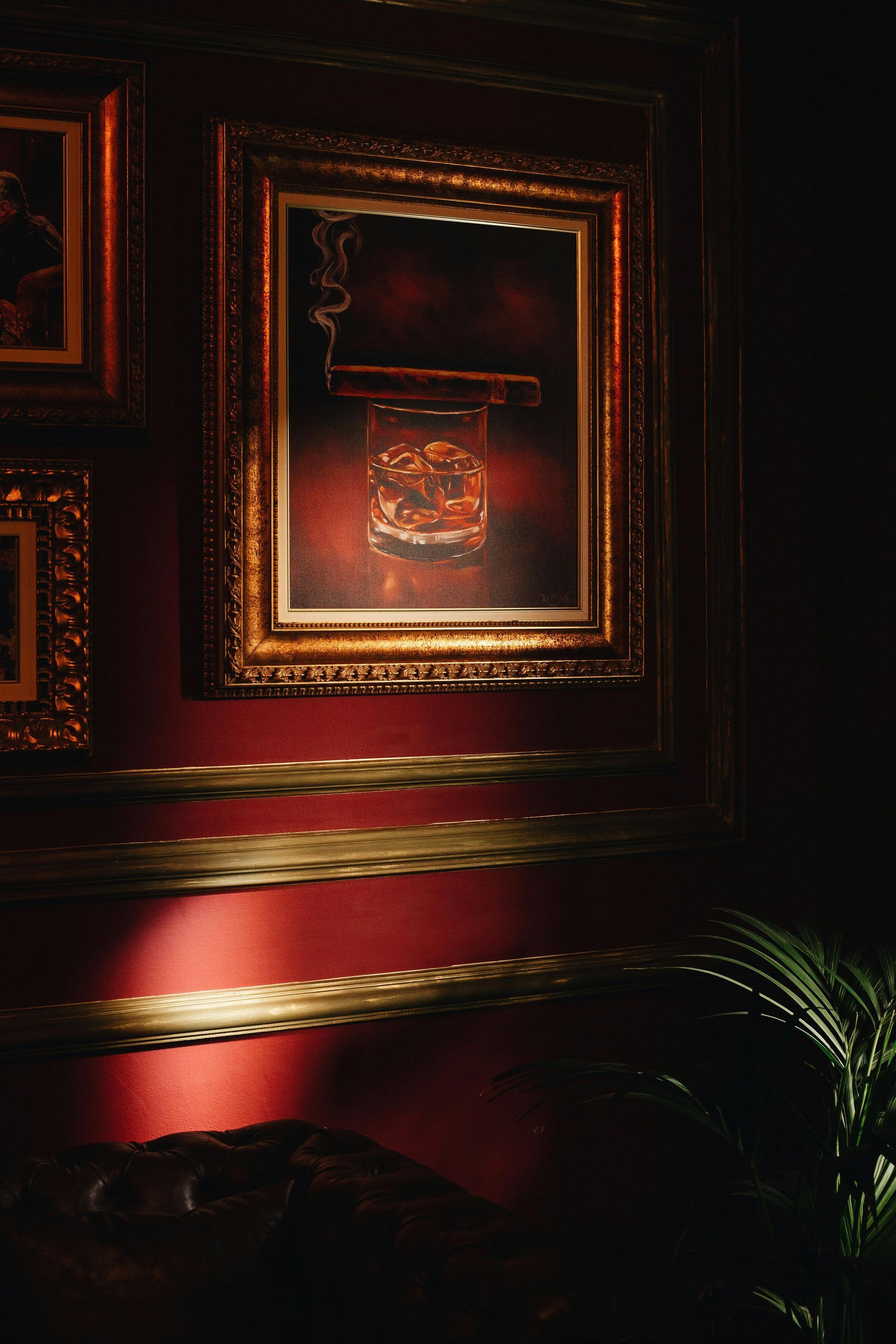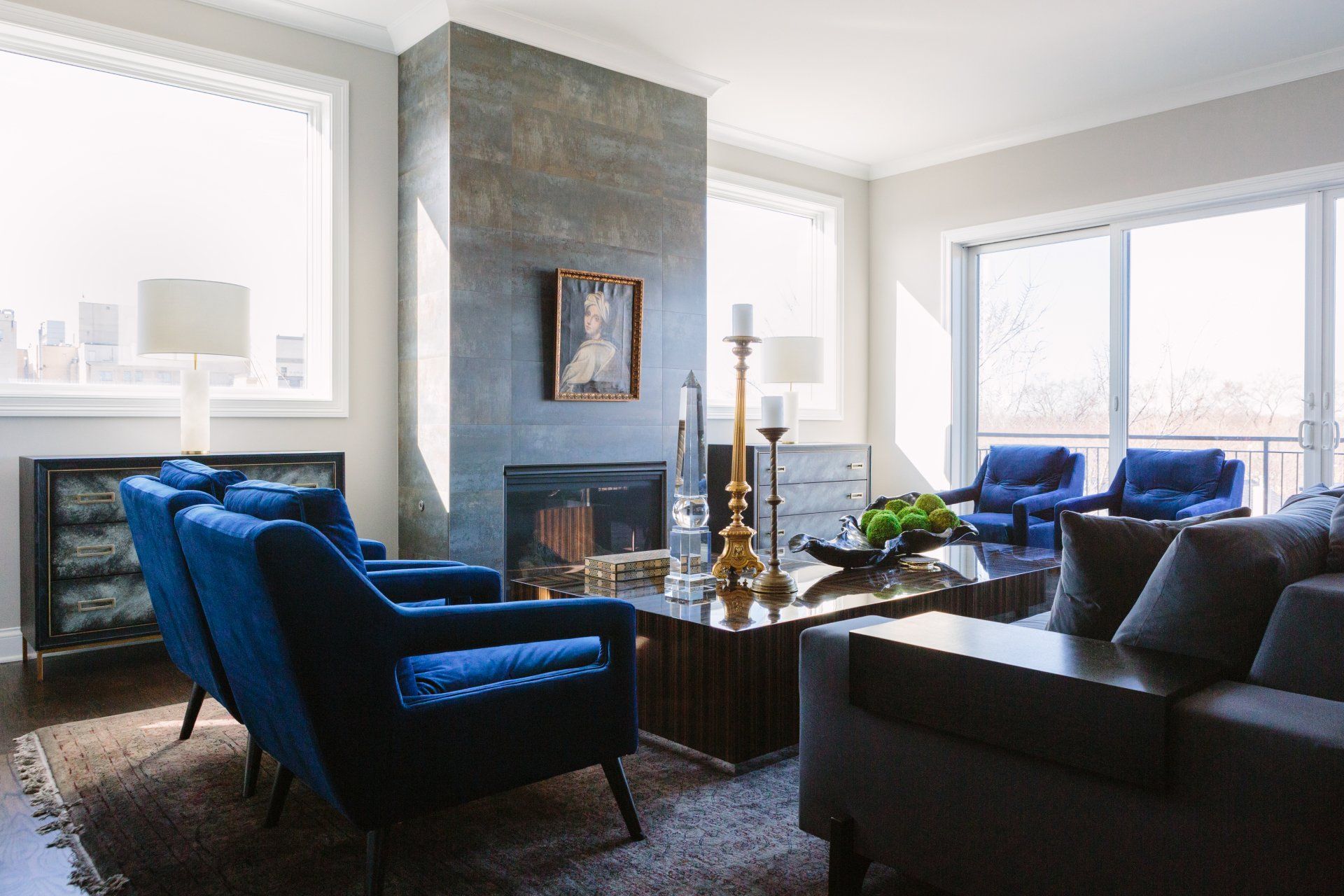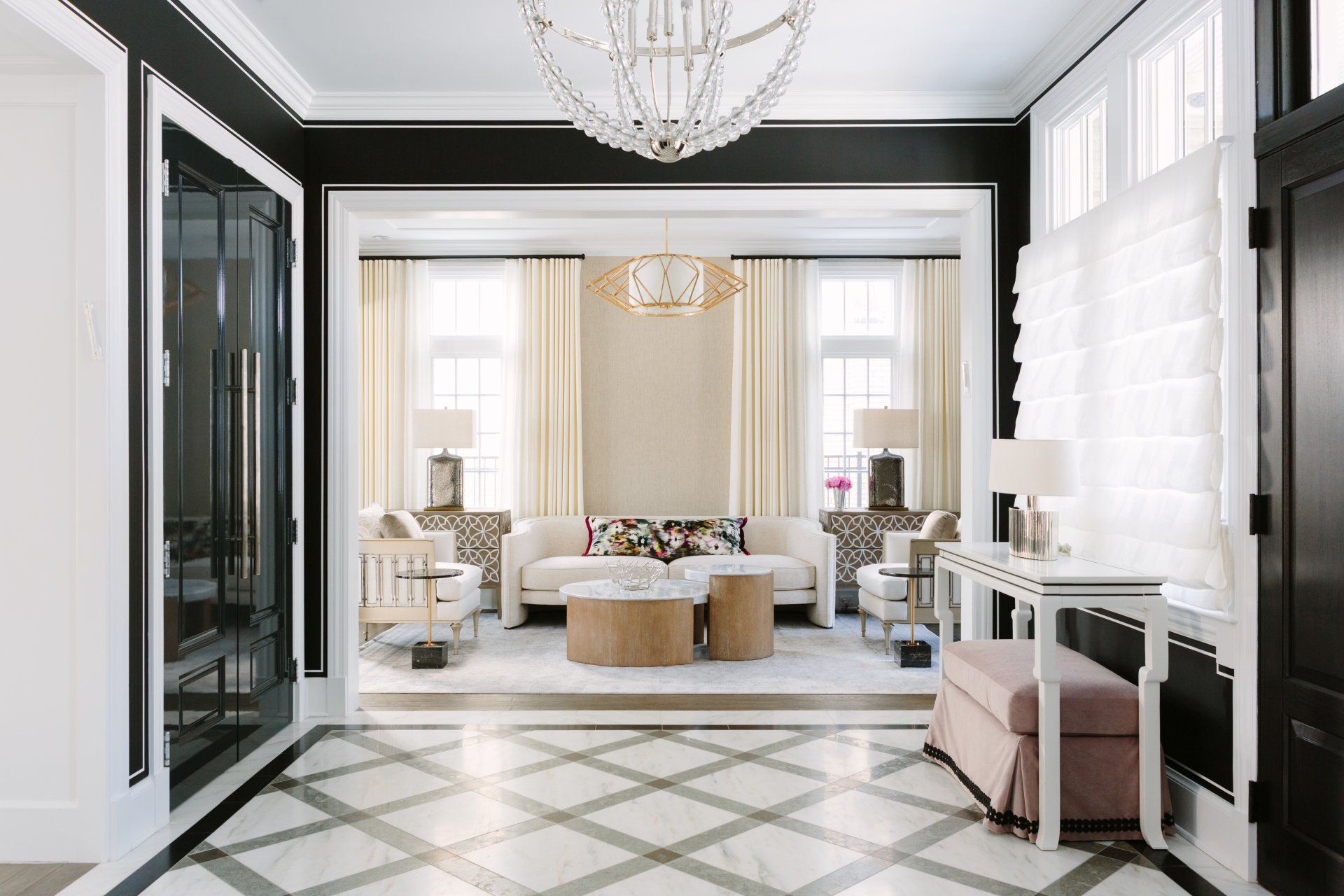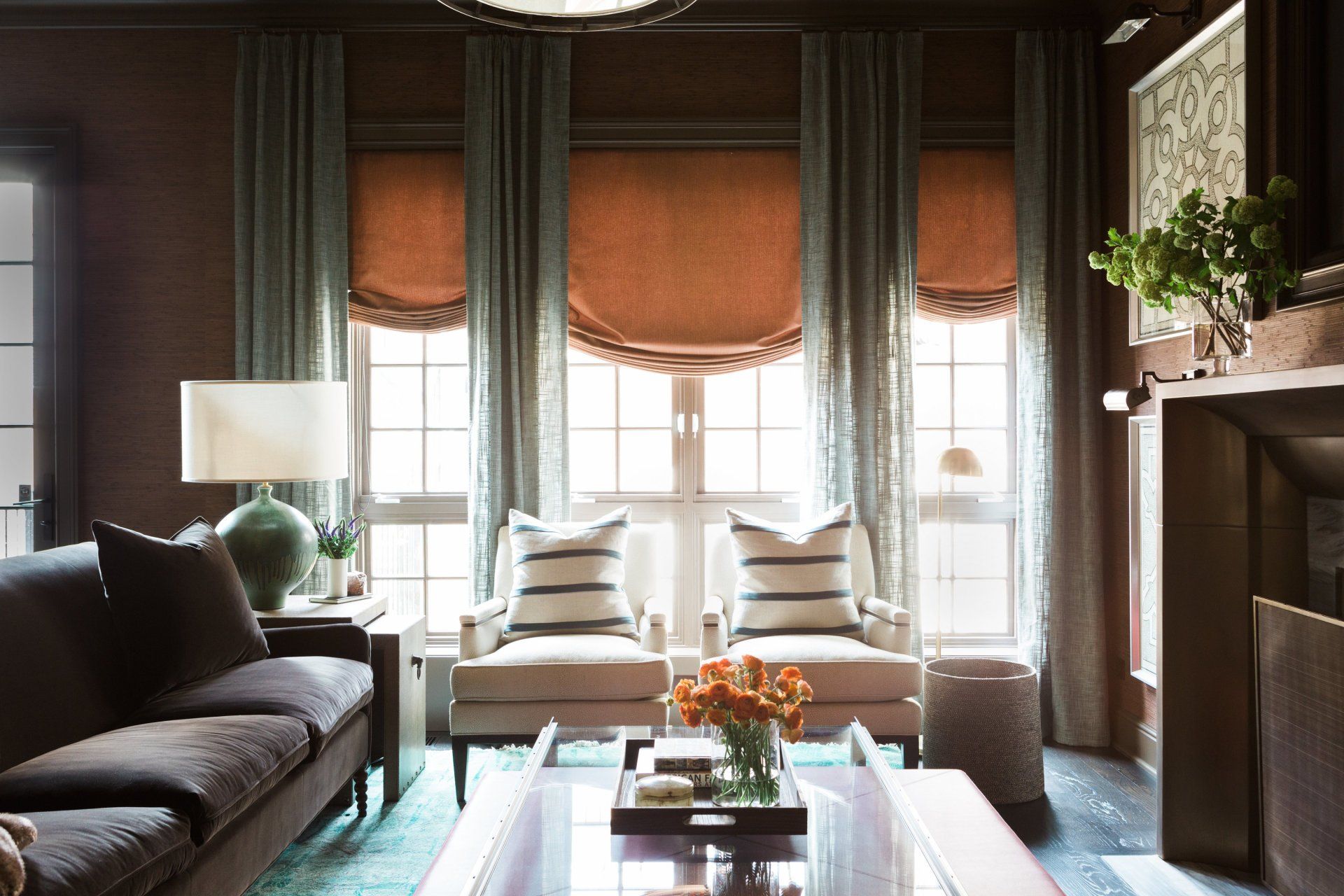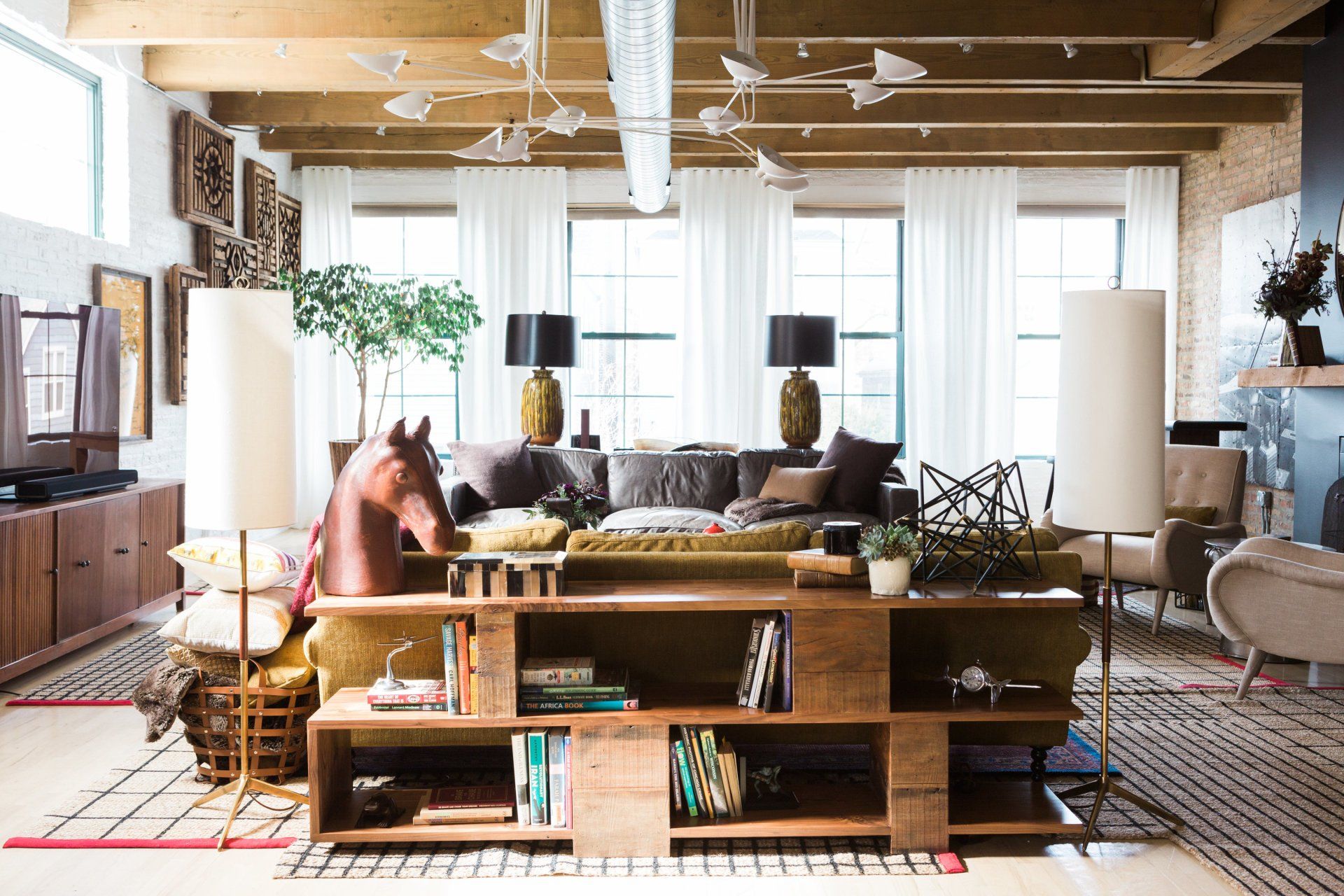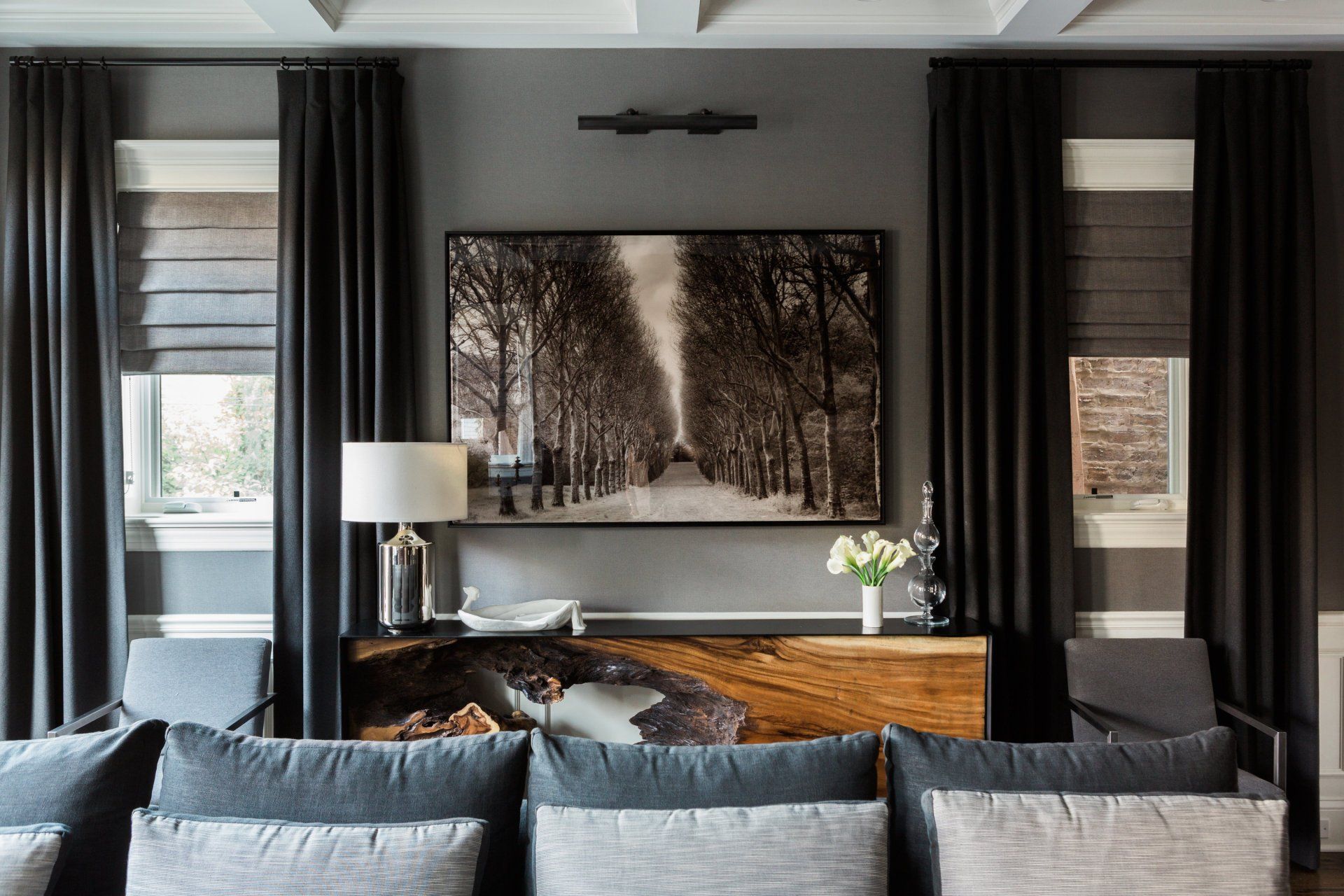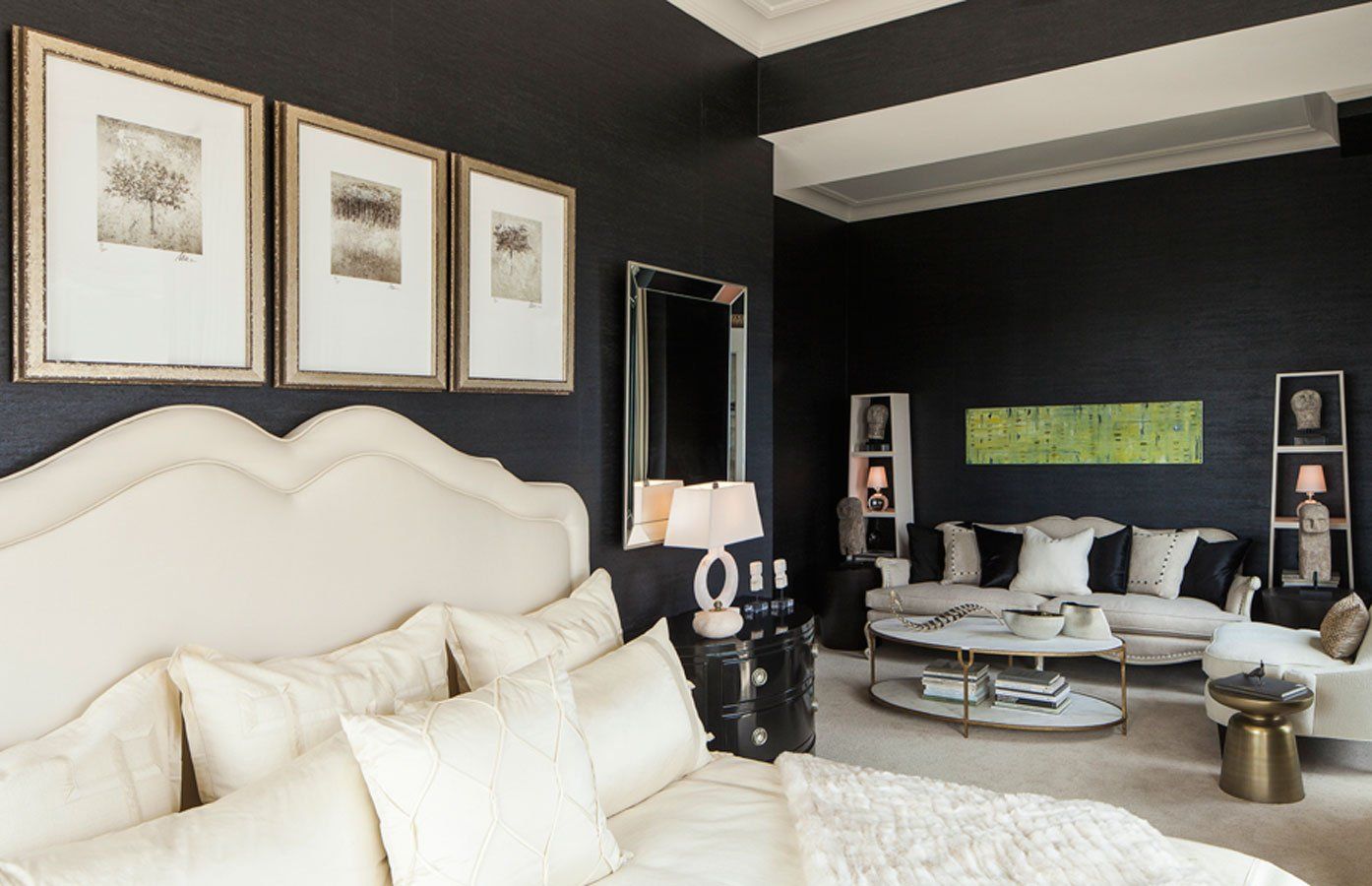Mediterranean Design Is Perfect for Summer: 5 Ways to Transform Your Home
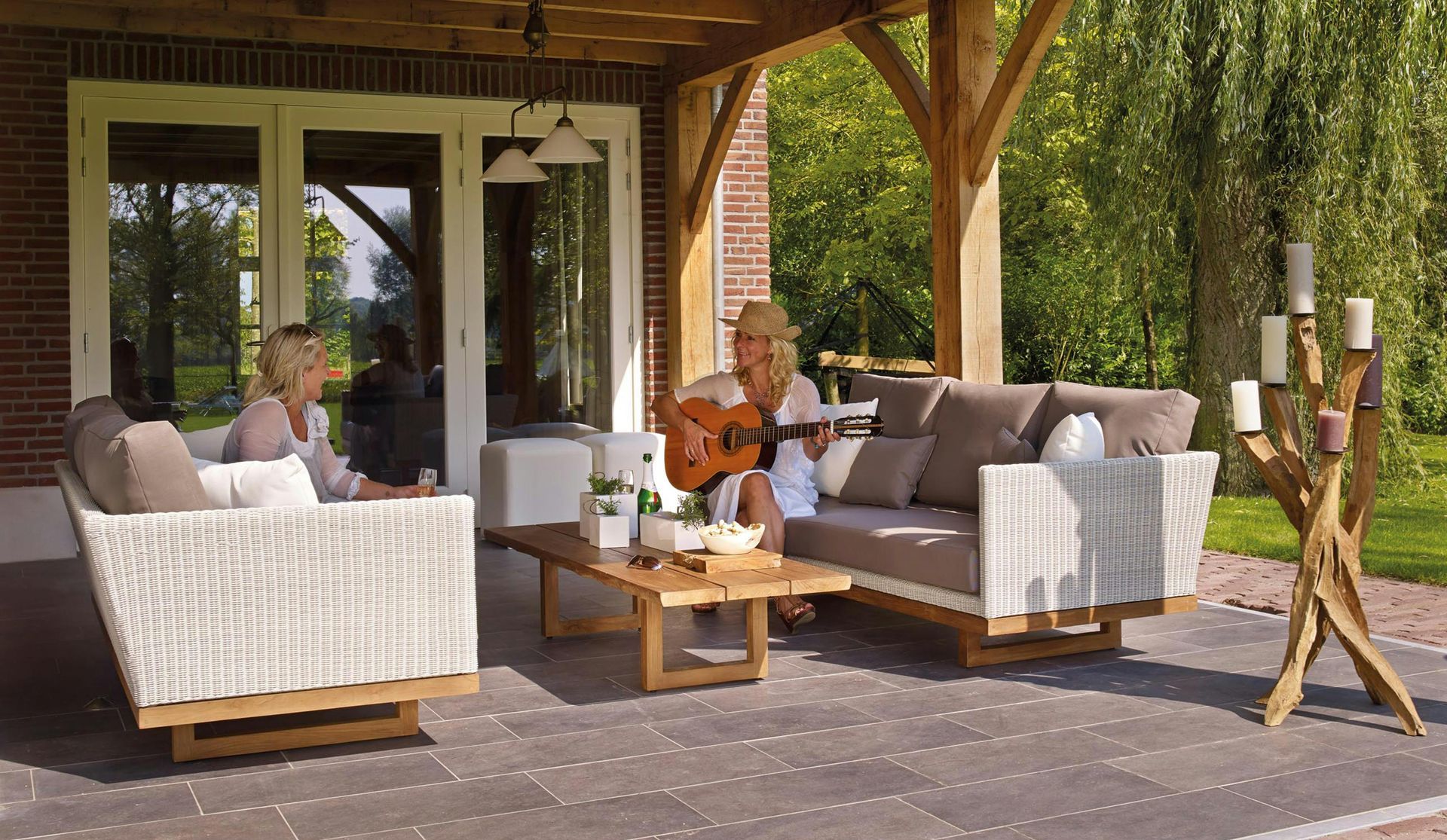
There’s nothing better than the sun on your skin, the soothing sounds of ocean waves and the faint smell of citrus. Many people daydream about spending their summer along the Mediterranean coastline, but what if you could capture its beauty at home?
Mediterranean design evokes the crisp white houses of Santorini and terracotta pottery from Tuscany. It’s a versatile, timeless style that can be adapted to suit many spaces, offering a peaceful escape from the hustle and bustle of everyday life. From airy palettes to enhanced outdoor living, you can transform your home into a sun-drenched sanctuary.
Why Is Mediterranean Design Ideal for Summer?
Mediterranean design is ideal for summer because of the many reflective tones that keep your home feeling cooler. It also encourages more time on your patio or enclosed lanai, where you can dine al fresco or enjoy floral arrangements in your backyard.
According to designers Suzie Lucas and Jeff Andrews, the Mediterranean region emphasizes indoor-outdoor living, often creating
a breezy interior with natural elements and painted tiles. Unlike other coastal designs, the Mediterranean style is more rustic and colorful, with organic textures and light and airy materials. After a long, gray winter, it’s a home design that will awaken your senses and bring a rush of tranquility.
5 Ways to Incorporate Mediterranean Style Into Your Home
Here are five ways to turn your home’s interior and exterior into the perfect Mediterranean seaside haven.
1) Embrace Lighter Colors
A lighter color palette of white, cream, taupe, soft grays and saturated yellow is best for Mediterranean design. Light colors on the walls will also keep your house cooler by absorbing less heat than dark tones.
Neutral colors make a great backdrop for accent shades like blue, green, rusty orange and small amounts of black. You can easily capture Santorini's whitewashed limestone and bright blue schemes.
2) Opt for Natural Elements
Consider laying terracotta or painted tiles on the floor or covering your walls in stucco or plaster. Exposed brick or stonework are also wonderful stylistic choices for a patio.
Other ways to include natural materials are rattan furniture or lamp shades, raw wood decor, and wrought iron hardware on kitchen cabinets or dresser drawers.
3) Choose Simple, Comfortable Furniture
Comfortable furniture will enhance relaxation in your Mediterranean-style home, and simplicity will make your space even more enjoyable. Don’t worry too much about ultra-modern sofas or luxurious fabrics. The Mediterranean region encourages linen, cotton and natural fibers. Additionally, woven baskets, lanterns, shells, stones, and candles tie the design together.
4) Accessorize With Pottery
Pottery is an important part of Mediterranean culture and is typically found throughout the design. You can accessorize with pottery in your home, using empty vases to decorate a corner of the living room or bedroom or planting flowers and greenery in ceramic pots.
Clay-colored terracotta pots come in different shapes and sizes. They’re also an excellent choice for enhancing natural decor. Likewise, you could show off your affinity for Greek history with a Grecian
bust pot of an ancient goddess, giving your indoor and outdoor spaces vintage appeal.
5) Enhance Outdoor Living
Give some attention to your home’s exterior if you want it to exude Mediterranean flair. According to Fixr’s 2024 Outdoor Living Trends survey, 78% of experts agree that seamless indoor-outdoor spaces are a top trend, while 48% say multifunctional areas are also popular.
Enhance your patio with places to sit and socialize with friends. A small dining table will allow you to eat outside and enjoy nature's sounds, smells and sights. You can even string lights to create a warm ambience in the evening.
Bring the Best of the Mediterranean Home
There's so much to love about Mediterranean design. For those who've waited a long time for summer's arrival, incorporating this home aesthetic into your living space will help you get the most out of the season.
